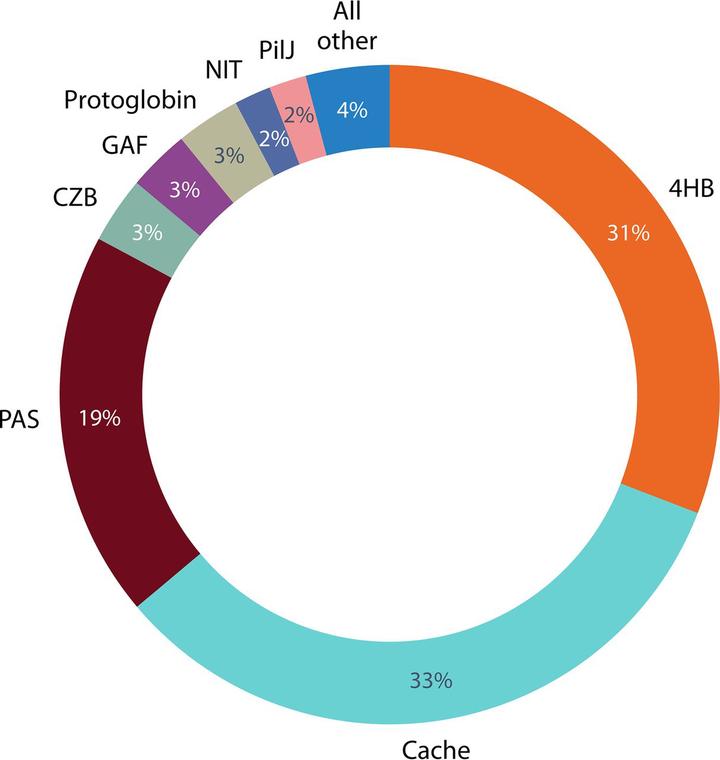Sensory repertoire of bacterial chemoreceptors

Abstract
Chemoreceptors in bacteria detect a variety of signals and feed this information into chemosensory pathways that represent a major mode of signal transduction. The five chemoreceptors from Escherichia coli have served as traditional models in the study of this protein family. Genome analyses revealed that many bacteria contain much larger numbers of chemoreceptors with broader sensory capabilities. Chemoreceptors differ in topology, sensing mode, cellular location, and, above all, the type of ligand binding domain (LBD). Here, we highlight LBD diversity using well-established and emerging model organisms as well as genomic surveys. Nearly a hundred different types of protein domains that are found in chemoreceptor sequences are known or predicted LBDs, but only a few of them are ubiquitous. LBDs of the same class recognize different ligands, and conversely, the same ligand can be recognized by structurally different LBDs; however, recent studies began to reveal common characteristics in signal-LBD relationships. Although signals can stimulate chemoreceptors in a variety of different ways, diverse LBDs appear to employ a universal transmembrane signaling mechanism. Current and future studies aim to establish relationships between LBD types, the nature of signals that they recognize, and the mechanisms of signal recognition and transduction.